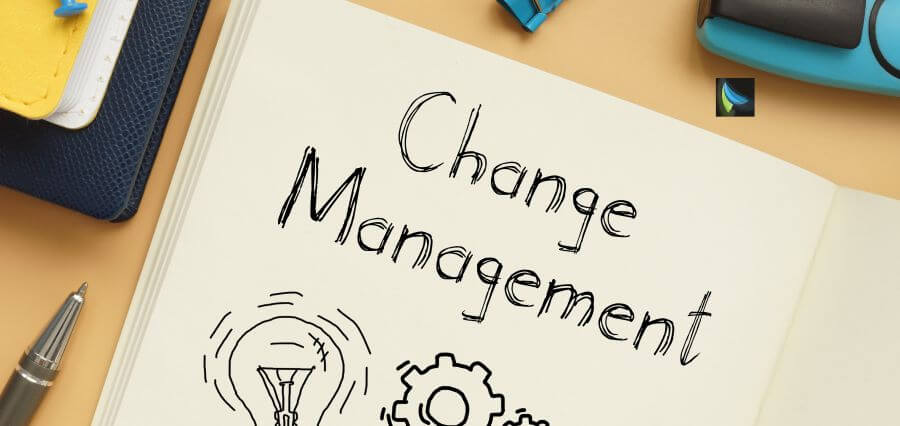The Chief Human Resource Officers have the future organizational directions through proper organizational design and change management. The speed of business is accelerated due to changes in technology, economics, and workforce expectation. Thus, strategic leadership in these areas is more needed now than ever.
What is Organizational Design?
Organizational design is a process of configuring the roles, responsibilities, and systems of an organization in order to achieve the desired strategic objectives. This process goes beyond merely developing an organizational chart; it involves the dynamic interaction of teams, the flow of work processes, and technology integration into day-to-day business functions execution. Indeed, a survey indicated that two-thirds of the CHROs are instructed to apply organizational design towards business outcome improvements, and 53% consider enhancing processes and efficiencies the very first goal1. End.
An effective organizational design makes the organization agile and responsive to the market demands. Today, organizations require agility in business and quick adjustments in the market to stay relevant. A flexible structure in business helps address the needs of customers and change in the market better. This agility enables the organizations to stay course and handle challenges arising from digital transformation as well as expectations of the changing customers.
Change Management is Significant
Organizational design is complemented by change management in the preparation and support of employees during transition. This involves conducting an impact assessment about changes, developing plans for implementation, providing available resources to employees to implement the change, and assessing the impact of the change on employees.
The successful change management strategy, therefore, will not only make sure that the employees are informed but also actively involved in the process-that is, important because research indicates that organizations with effective change management practices are 6 times more likely to achieve the results, they intended2.
The landscape today is quite challenging for CHROs. As 45% of respondents cited changing environment as one of the major issues they face, a strong approach to change management by the leaders is needed to ensure resiliency in employees1. Proper communication and training approaches would reduce resistance and increase employee buy-in with the adoption by CHROs.
Effective Implementation Approaches
Organizational design and change management would be very effective in their implementation if these CHROs focus on the following strategies, which include the following:
- Fit to Business Objective: The organisational design must line up directly with the strategic goals of the firm. This would mean any organizational change supports a final business objective, such as improving customer service by restructuring teams to enhance vertical collaboration between departments for better service delivery.
- Collaborative Culture Building: Removing people from silos and, hence, effective communication and teamwork are significant. Functions can come together for cross-functional teams by CHROs across business areas. That has not only improved innovation but problem-solving as well.
- Employee Engagement: Engage them in the process of design: Involving employees in the design process may significantly build their morale and commitment. Employees who have a say in changes that are being brought about, of course, are better at accepting the change positively. Periodic mechanism through surveys or town hall meetings may give insight into what exactly the employee thinks or feels. This mechanism may help in steering a transparent culture.
- Analytics from the Data: The CHRO may make intuitive decisions regarding the changes carried out within the organization by assisting them through data analytics. Performance metrics and employee feedback help identify those areas which need improvement, thus enabling strategizing accordingly.
- Continuous Learning and Development: As organizations grow and transform, so must people. Reinvestment in training programs that will equip employees with new relevant skills to them becomes a top priority. A culture of continuous learning ensures employees are always able to adapt in the most challenging situations presented by change.
Measuring Success
The CHRO must set clear metrics in organizational design and change management initiatives that correlate to business outcomes. Scores are examples of employee engagement or productivity levels, and turnover rates. According to studies, organizations with effective practices in change management result in up to 70% more successful transformation compared to those who do not2.
Tracking these metrics through time allows CHROs to change strategy where needed, with organizational design and change management remaining in step with businesses’ objectives.
Conclusion
The role of the CHRO has an important place in implementing effective organizational design and change management in today’s challenging business landscape. The ability to create a sense of business alignment and foster collaboration, engage employees, and leverage data analytics to constantly create and implement innovative solutions for organizational change will be paramount for the CHRO to effect meaningful change in the organizations they serve.
As business continues to remain under impossible pressures, the focus on these areas not only brings about operational efficiency but also a robust workforce that thrives in change. The future of work expects organizations who are adaptable leaders who are profound visionaries who know the strategic importance of organizational design and effective change management practice.

















